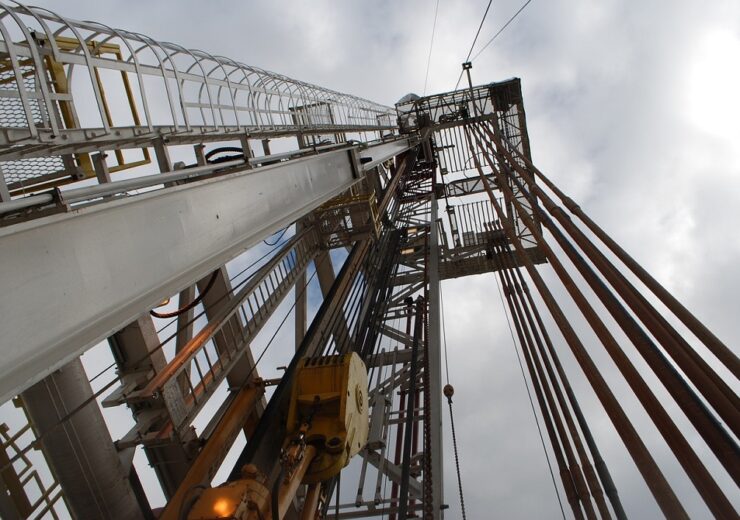Latest government figures suggest US oil production will take small steps towards volume recovery by 2022, although no there is sign of a swift return to pre-pandemic heights

The US is the world's biggest oil producer, but the coronavirus has left a long-lasting mark on the industry
US oil production is poised for a modest rebound over the next two years, according to a new government forecast, as the aftermath of the coronavirus pandemic continues to weigh on domestic activity.
The US Energy Information Administration (EIA) has released its first outlook extending into 2022, estimating crude production for the year will average 11.5 million barrels per day (bpd).
Although an increase on the 2021 rate of 11.1 million bpd – itself down from 11.3 million bpd in 2020 – the estimate remains far from the pre-pandemic heights of 2019, when US output averaged a record 12.2 million bpd during the year, and hit a monthly high of 12.9 million bpd.
The US is the world’s largest oil producer, but the shale industry that has propelled its growth over the past decade was one of the early victims of the market collapse triggered by global lockdowns and low economic activity over the past year.
Oil companies operating on already-tight margins were forced to tighten their spending budgets, hold back production and even shutter wells in response to the record low levels of demand.
Bankruptcies and consolidations swept through the sector during the second half of 2020, as producers grappled with the impact of unprecedented demand loss and low commodity prices.
The International Energy Agency (IEA), which publishes regular oil-market updates, has sounded caution over expectations for the speed of a global demand recovery, despite recent optimism about the impact of vaccination programmes in some parts of the world.
The organisation’s latest estimate is for a 3.1 million bpd shortfall in worldwide oil demand this year, compared to 2019 levels – driven largely by weakness in aviation as countries continue to restrict travel amid concerns over transmission of the virus.
US oil production forecast boosted by Saudi Arabia’s ‘gesture of goodwill’
The Opec+ group of oil-exporting countries, nominally led by Saudi Arabia and Russia, has been limiting its production since May in an effort to bolster the market against falling crude prices.
Last week, at a meeting to decide whether to relax the level of production cuts, Saudi Arabia took the unusual step of unilaterally volunteering to hold back one million bpd during February and March – a move that has immediately boosted prices, much to the benefit of US shale producers.
West Texas Intermediate (WTI), the US crude benchmark, is now above $53 per barrel – it’s highest since February 2020 – while Brent crude has also surged.
This “gesture of goodwill”, as Riyadh described it, is set to create a “chain reaction” in the US, according to analysts at Rystad Energy – one that will boost cash from operations among shale operators by almost a third over the course of this year, in turn allowing spending activity to increase.
“If companies continue to operate within their cash flows, the current oil price of $50 per barrel will provide enough cash flow for a ramp-up in investments and a surge in US tight oil activity this year,” the consultancy said.
The EIA’s outlook estimates an average WTI price of $49.70 per barrel over the course of this year – significantly more optimistic that its previous forecast of $45.78 per barrel. In 2022, the group expects WTI to average $49.81 per barrel.
John Kemp, a Reuters energy analyst, described Saudi Arabia’s move as a “lifeline” to US shale producers that will support a recovery in drilling rates and help stabilise production this year.
“[The production cut] burnishes Saudi Arabia’s credentials as a responsible market manager, at a crucial moment when the kingdom needs to build an effective diplomatic relationship with the incoming Biden administration in the United States,” he added.
Data collected by oilfield services firm Baker Hughes shows rig counts in the US have been growing steadily, climbing to 370 last week – although this is still less than half the number of active rigs compared to a year ago.
The EIA updates its energy outlooks each month, so a continuation of the oil-price revival spurred by the Saudi policy, as well as an acceleration of vaccine distribution, may lead it to revisit its long-term US production forecast.
A new administration under Joe Biden will change the picture further, with the incoming president promising a fresh approach to US energy, focused on emissions reduction and renewables growth, likely at the expense of rapid oil expansion.
